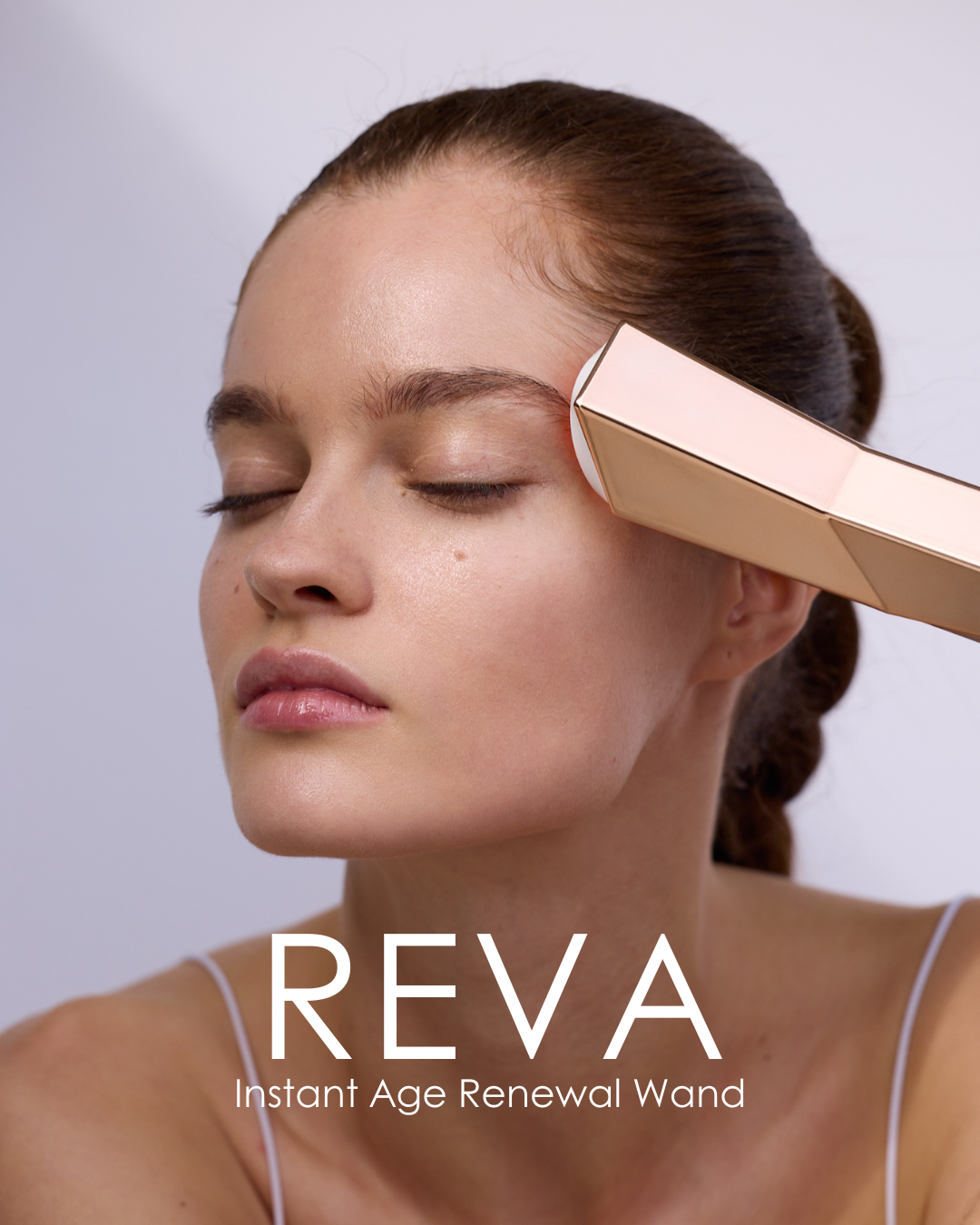
Your Anti-Aging Guidebook
IN THIS ARTICLE:
-
01 The Stages of Skin Aging By Age
02 How Does Our Skin Change as We Age?
03 What is Collagen Decline?
04 What are the Main Causes of Skin Aging?
05 How to Care for Aging Skin?
06 What are the Best Anti-Aging Devices for Fine Lines and Wrinkles?
4-minute read
The Stages of Skin Aging By Age
Stage 1 - Early Stage - 25-35 years
This is the first phase during which signs of skin aging become apparent. Dynamic wrinkles appear around the crow's feet and forehead when smiling or laughing but static (or permanent) wrinkles are unlikely to be visible. The production of collagen declines, and the skin loses some volume. Skin texture may also deteriorate during this phase.
Stage 2 - Middle Stage - 35-50 years
Collagen, elastin, and hyaluronic acid (key structural compounds) continue to decline throughout this phase and the face loses volume and elasticity - some minor sagging may appear. Fine lines and dynamic and static wrinkles include crow feet, marionette lines, and nasolabial folds. Discoloration around the eyes and the development of sun spots or other pigmentation issues develop. Redness may worsen around the cheeks and pores appear more prevalent.
Stage 3 - Advanced Stage - 50+ years
Wrinkles are more pronounced and more significant sagging and volume loss cause the formation of jowls. Fae appear more hollow and the skin is thinner. Dark spots and rough texture are more prominent.
How Does Our Skin Change as We Age?
Epidermal Skin Layer
The stratum corneum, the outermost layer of the epidermis is also referred to as the ‘skin barrier’. It protects the skin from outside stressors and prevents transepidermal water loss (TEWL). With age, the stratum corneum no longer function optimally and skin may appear thinner and more prone to irritation. The epidermis produces lower levels of hyaluronic acid and sebum leading to more fine lines and wrinkles.
What is Collagen Decline?
The Dermis
Collagen is the most abundant protein in the body, but as we age, collagen stores begin to decline. The dermal layer of the skin is made up of collagen, elastin, fibroblasts, immune cells, and skin appendages. Collagen makes up 70-80% of the dry weight of the skin and gives the dermis its structural integrity. As we age, the amount and the quality of the collagen produced in the dermis begin to decline. This is clinically referred to as the loss of skin elasticity or simply, volume loss.
What are the Main Causes of Skin Aging?
Causes of skin aging are categorized as either intrinsic or extrinsic:
Intrinsic aging takes place naturally over time - it can be attributed to internal factors such as hormonal influences, genetics, and the gradual slowing of metabolic processes.
Extrinsic aging takes place on account of external factors such as UV (sun) damage, pollution, and lifestyle factors such as smoking, nutrition, inactivity, poor sleep, and inadequate skincare routines.
How to Care for Aging Skin?
Protecting your skin with age generally requires a holistic approach combining both lifestyle practices and skincare interventions. Below we talk through some ways we can care for aging skin and maintain a more youthful appearance for longer
1. Lifestyle Interventions
Maintaining a healthy lifestyle has a direct impact on skin health and appearance, after all the skin is the largest organ. Eating a healthy diet packed with lots of fruit, vegetables, complex carbohydrates and healthy fats nourishes the skin from within for a healthy and vibrant glow. Exercise can also enhance the complexion by improving blood flow and skin oxygenation for a radiant glow. It can also manage stress which may exacerbate certain skin conditions. Avoiding smoking, limiting alcohol intake, and prioritizing good quality sleep all contribute to improving skin health.
2. Topical Skincare
A good skincare routine transforms skin quality when done consistently and carefully. Randomly adding strong actives to your routine without caution can wreak havoc on your skin barrier (the stratum corneum we spoke about earlier) leaving it vulnerable to outside stressors. SPF remains the holy grail of all topical skin care and should be applied as the last step of your skincare routine every morning and topped up every two hours throughout the day. Exposure to sunlight, particularly UV(ultraviolet light) is responsible for up to 90% of visible skin aging. Other important topicals include retinoids (vitamin A), hyaluronic acid, and vitamin C.
3. In Clinic Treatments
Facials, chemical peels, injectables, laser therapy, skin tightening and even surgical interventions are all examples of anti-aging treatments performed in clinical settings. Many salon treatments trigger the production of collagen and aim to speed up cell turnover to slow the aging process.
4. Non-Invasive At-Home Interventions
Non-invasive at-home interventions have become increasingly sophisticated and can act as a nice middle ground between more invasive clinic treatments and topical skincare. At-home devices use the same technologies administered in clinics to achieve similar results. Devices cleared for home use may not be as strong as in-clinic devices but they can be used far more frequently to achieve similar results. Energy-based interventions such as LED light therapy and radio frequency work very well in the at-home setting and have surged in popularity in recent years.
LED light therapy masks - use red and near-infrared light (and other wavelengths) to stimulate collagen production, reduce fine lines, and improve skin texture.

Microcurrent devices - use microcurrent technology to tone and lift facial muscles, reducing the appearance of fine lines and wrinkles.
Radiofrequency devices - use radiofrequency (RF) energy to heat the deeper layers of the skin, promoting collagen production and tightening the skin.
Microdermabrasion tools - exfoliate the skin, removing dead skin cells and promoting a smoother, more even complexion.
Microneedling tools - create micro-injuries in the skin, to stimulate collagen production and improve the appearance of fine lines and wrinkles.
Sonic cleansing devices - combine cleansing with skin benefits to help reduce fine lines, boost collagen, and deeply cleanse the skin.
LumaLux Face | Pro LED Light Therapy Mask
Our most advanced LED mask for deeper skin renewal - fine lines, acne, hyperpigmentation, skin texture
The Takeaway: Navigating Skin Aging
While you cannot prevent skin aging entirely, many science-backed modalities can be implemented to slow down or reverse signs of aging on the skin. Anything that rebuilds collagen or reinforces the stratum corneum is key to preventing more prevalent signs of aging. By combining a healthy lifestyle, effective skincare routines, and innovative at-home or in-clinic treatments, we can address the signs of aging at every stage.

written by Charlotte Rycroft















Leave a comment
This site is protected by hCaptcha and the hCaptcha Privacy Policy and Terms of Service apply.